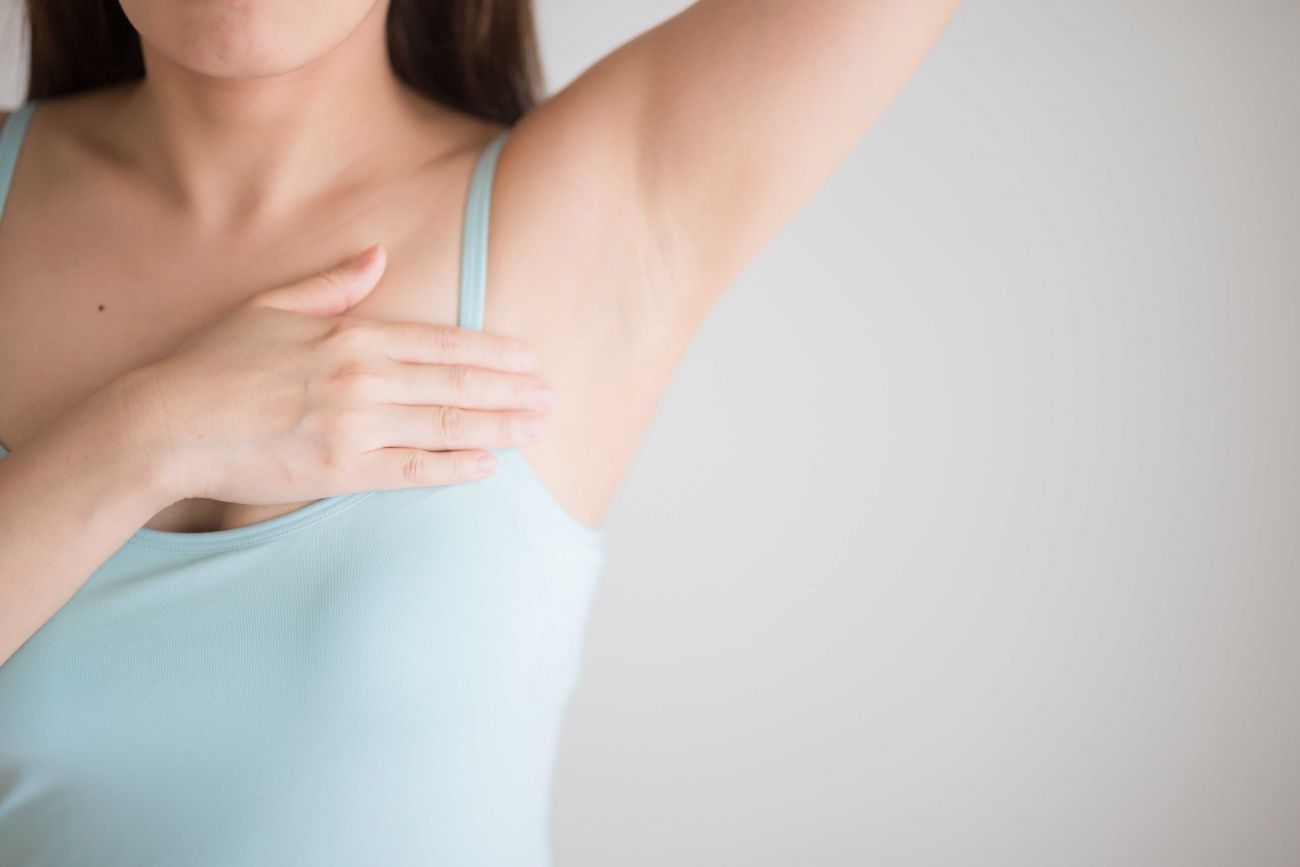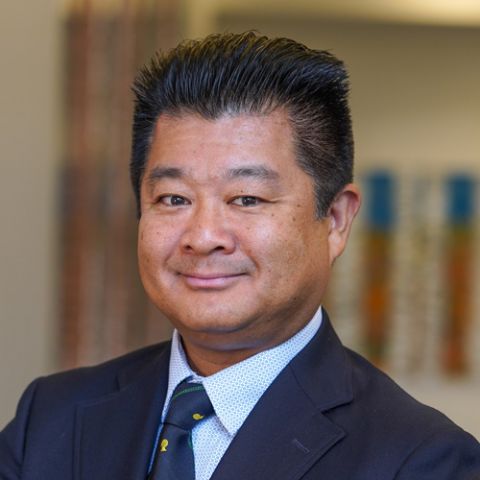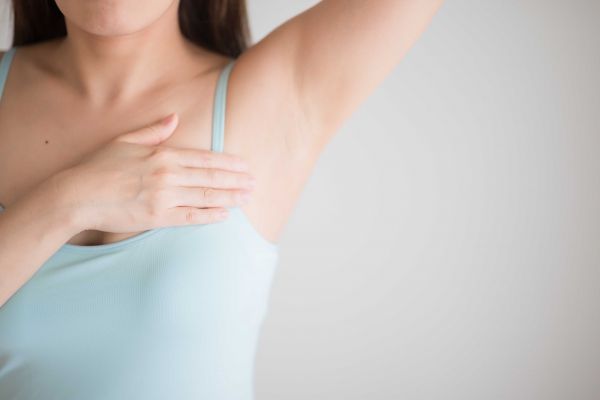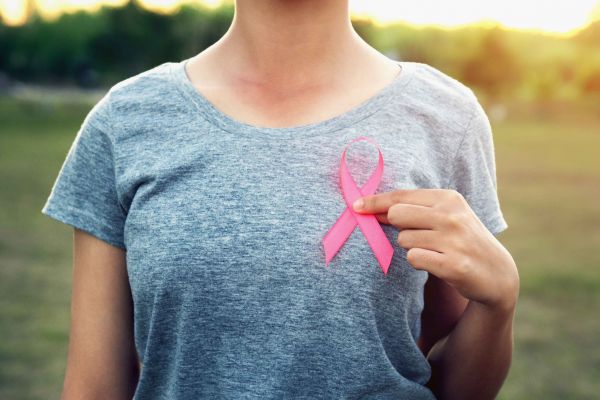While it’s understandable for a woman to be concerned that she has breast cancer after feeling pain in that area, it’s unlikely that pain is an indicator of the condition.
Kazuaki Takabe, MD, PhD, FACS, Clinical Chief of Breast Surgery at Roswell Park Comprehensive Cancer Center, says only a very small percentage of women, around 1%, will be diagnosed with breast cancer after feeling pain in their breast. It is more common for women who have been diagnosed with cancer to report feeling pain in their breast tissue as they go through treatment, at a rate of about 15% of patients.
Causes of breast pain
“Many women do experience breast pain, but there are a lot of causes,” Dr. Takabe says. “Oftentimes, we cannot pinpoint the reason. Infection is a common source. It could be from drinking too much coffee, from being stressed out or because of age. Sometimes women will come in and say they have pain in their breast but, upon examination, it’s a skin lesion or boil, not pain from a gland within the breast.”
There are also major muscle groups in the same physical area as breast tissue — the muscles used when doing a push-up, for example — and pain that feels like it’s in the breast could originate in those muscles due to strain or overuse. “Even more frequently, especially as you age, you start to feel the pain in between your ribs, which is underneath your breast,” he says.
Mammograms also can identify growths within breast tissue other than cancerous lumps or tumors: “Benign tumors happen in the breast regularly. We see them all the time. A cyst might show up as a benign tumor but it’s just a bag of fluid and oftentimes, they will go away. Fibroadenomas are typical benign tumors that can regress with age. Unless they get bigger, we leave them alone. Cancerous tumors will invade the lymph nodes and keep spreading; that’s why we can’t leave them alone.”
Schedule your mammogram
You can schedule your mammogram at two of our convenient locations - the Roswell Park Breast Imaging Center at our main campus, or Breast Care of Western New York in Williamsville.
Does breast cancer hurt?
Not for most patients. Roswell Park sees between 1,100 and 1,300 new breast cancer patients every year. “The majority of new cases are found by imaging. Every once in a while, we do hear that a patient feels the tumor and comes in to get it checked out and learn they have cancer. If we see 100 patients who come to Roswell Park because of breast pain, we might find cancer in one case. The odds are slim, but it is a possibility. If you have concerns, I encourage you to a mammogram and get it checked out.”
Typical breast cancer, when it is found, also doesn’t cause pain. “If a tumor grows big enough that you can feel it, it will feel like a rock in your breast tissue. When I teach my medical students, I compare it to a small rock inside tofu. Tofu has a very soft texture. If you have a rock inside that soft tofu, you’re going to feel the softness but also the hardness underneath. Cancerous tumors are hard and irregular in size.”
After all, that is why women are encouraged to get annual mammograms starting at age 40: a mammogram can detect cancer in the breast tissue years before it becomes big enough to feel.
The misconception that pain in the breast is a sign of breast cancer might come from the idea that cancer is painful, something people might assume based on the portrayal of cancer on television shows. “Breast cancer is a terrible disease so people think it must be painful. That’s not the case for breast cancer,” Dr. Takabe says. “About 15% of patients who have been diagnosed with breast cancer feel pain from it, but that is a known breast cancer, and when it comes to a point where it becomes painful, it will be obvious where the pain originates. You will feel a tumor that comes up to the surface. It’s not subtle if it gets to that point.”
Even if pain within breast tissue is not likely to be cancer, Dr. Takabe encourages women to call their doctors and schedule a screening mammogram anyway to be sure. “Most of the time, we’ll take an image and there’s nothing. We’ll follow up again in a couple of months, and if we see any change, we may go even further to look into it. If there’s no change in the breast, that’s reassurance that everything is OK. We’re here to help the patient, including reassuring them.”



